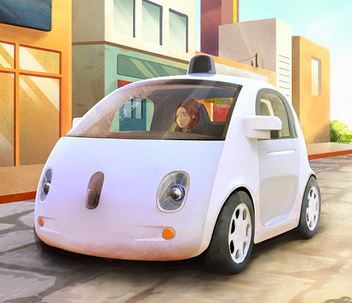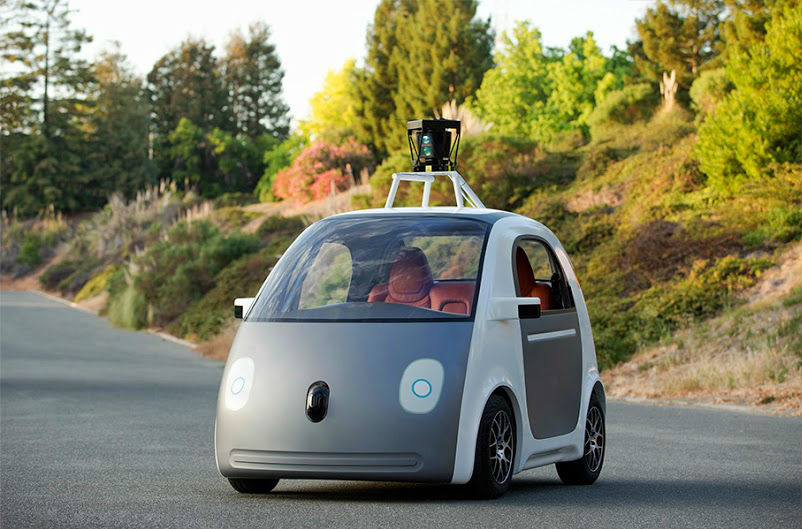

Driving is a dangerous activity. According to the World Health Organization, an estimated 1.2 million people are killed in road crashes each year and as many as 50 million are injured. These numbers are also expected to rise about 65% over the next 20 years and because road traffic is an often neglected concern, not many people are doing something to prevent this from happening.
Even routine driving like circling a block for parking or driving to work can be a potential hazard. When you factor in risky behavior, like drunk driving or citizens who are too old to drive, it’s easy to see just how dangerous a car can be. And when you considerthe average American commuter spends 38 hours per year stuck in traffic, that’s a lot of time spent waiting for something bad to happen.
Fortunately, one of the biggest tech companies in the world is doing something that not only helps prevent traffic accidents, but also frees up people’s time while reducing carbon emissions. Since 2010, Google has been actively developing technology for automated cars that includes video cameras, radar sensors, and laser range finders to “see” traffic conditions. What Google has discovered in their research is that what seems random on city streets can be predicted by a computer.
“As we’ve encountered thousands of different situations, we’ve built software models of what to expect, from the likely (a car stopping at a red light) to the unlikely (blowing through it). We still have lots of problems to solve, but thousands of situations on city streets that would have stumped us two years ago can now be navigated autonomously.”
– Chris Urmson, Director of Google’s Self-Driving Car Project
Most of Google’s automated technology has been refined on a Lexus RX450h that is retrofitted with a roof-mounted laser sensor that spins 10 times per second. If not for the sensor, the self-driving vehicle looks exactly like every other car on the road. On the inside, everything is in its right place and nobody would ever know this car was automated.
Yesterday, Google unveiled their new prototype self-driving vehicle that leaves no doubt in letting people know they have no control over it. The car has no steering wheel, no accelerator pedal, and no brake pedal. The only controls a rider has access to are a start button and an emergency stop button – that’s it.
Unlike the Lexus, Google’s new prototype isn’t meant to be luxurious or even comfortable. Its strict mission is to get passengers from Point A to Point B as safely as possible; which is why the car only seats two and maxes out at 25 mph.
“Last year, Lawrence D. Burns, former vice president for research and development at General Motors and now a Google consultant, led a study at the Earth Institute at Columbia University on transforming personal mobility.
The researchers found that Manhattan’s 13,000 taxis made 470,000 trips a day. Their average speed was 10 to 11 mph, carrying an average of 1.4 passengers per trip with an average wait time of five minutes.
In comparison, the report said, it is possible for a futuristic robot fleet of 9,000 shared automated vehicles hailed by smartphone to match that capacity with a wait time of less than one minute. Assuming a 15 percent profit, the current cost of taxi service would be about $4 per trip mile, while in contrast, it was estimated, a Manhattan-based driverless vehicle fleet would cost about 50 cents per mile.”
–The New York Times
Google has no plans on making the car themselves, but is having 100 prototypes built by an unnamed manufacturer in the Detroit area to shuttle Google employees between buildings at their Mountain View campus. And, if testing goes well, Google hopes they can somehow persuade state regulators that their cars can be safely operated without a driver – solely relying on software to control them.
Transforming modern transportation is not going to happen overnight, but it’s clear that Google has made this a priority with their new self-driving prototype. And once they figure out how to safely transport people at 25 mph, what’s the next step? 50 mph? 100 mph?
The future not only looks bright, it looks fast.

